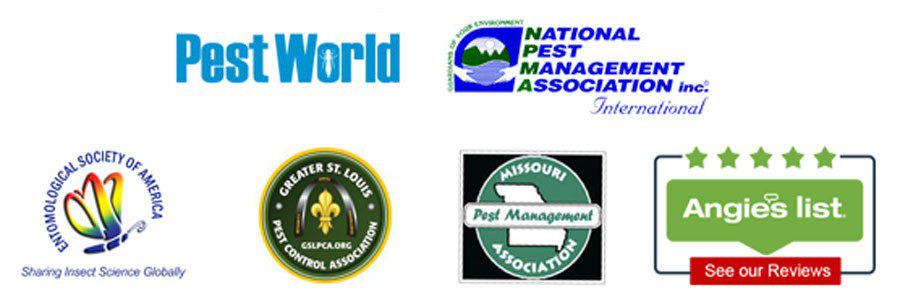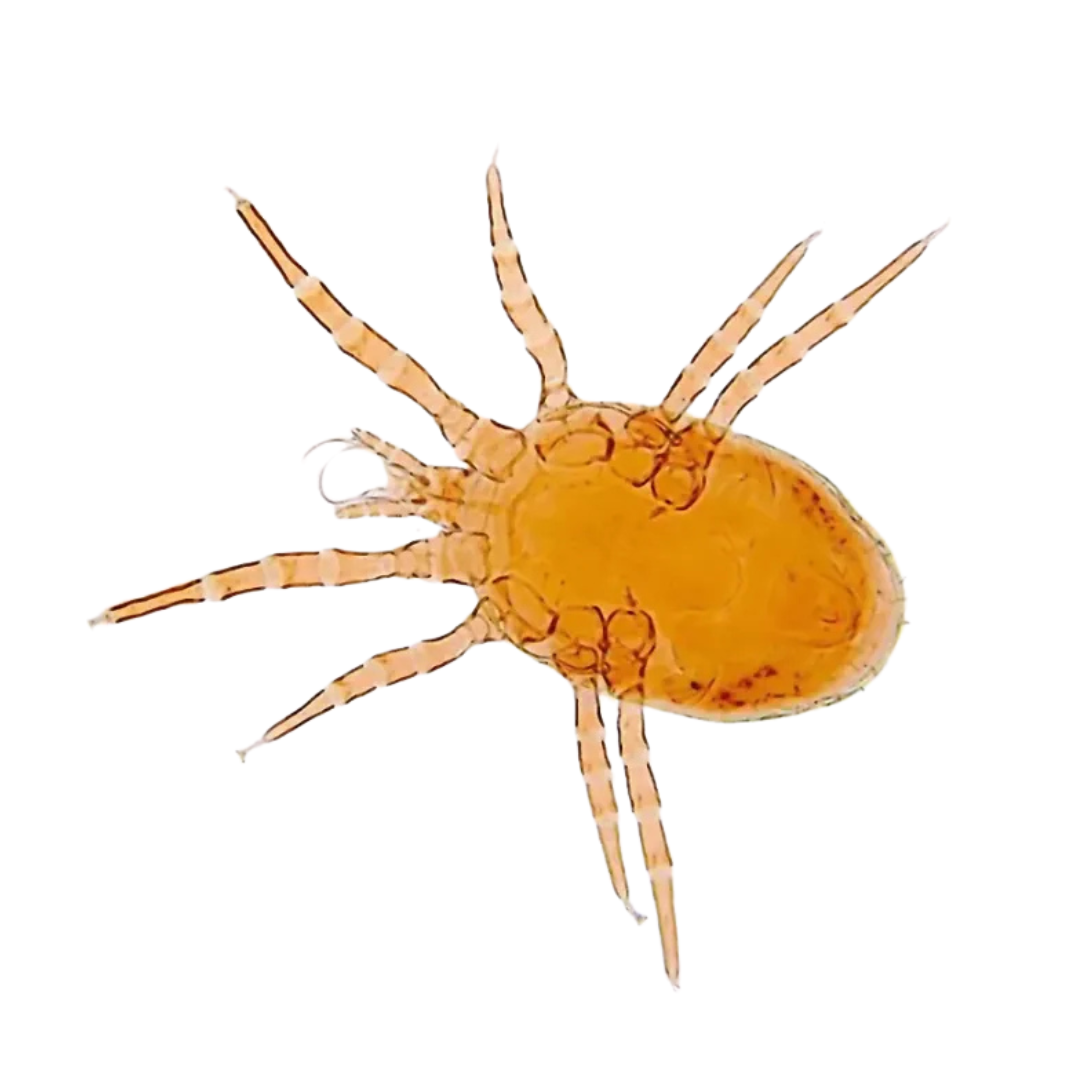Bird Mite

Proud Supporter of Disabled Veterans
No Contracts
Services provided without written contracts.
Introduction to
Bird mites are tiny parasitic arachnids that feed primarily on the blood of birds, such as pigeons, sparrows, and chickens. When their avian hosts abandon their nests or die, these mites may invade homes in search of alternative hosts, including humans and pets. Bird mites can cause irritation, itching, and discomfort, making prompt identification and management essential for homeowners dealing with infestations.
Recognition
Bird mites are small, about 0.5 mm in length, making them difficult to spot with the naked eye. They are oval-shaped with eight legs, and their coloration ranges from translucent white to reddish-brown, depending on their feeding status. Bird mites are most often found near bird nests, roosting sites, or in indoor spaces like ceilings, walls, and bedding if they have entered a home. Infestations are often noticed due to the itching and irritation caused by their bites, which result in small, red marks on the skin.
Biology
Bird mites have a short lifecycle, typically lasting about 7 days under ideal conditions. Their life stages include egg, larva, nymph, and adult. Female bird mites lay their eggs in bird nests or nearby cracks and crevices, which hatch within 1–2 days. Once hatched, nymphs and adults feed on the blood of birds to complete their development. Without a host, bird mites can survive for several days, but their survival decreases significantly without access to blood meals. Bird mites are most active during spring and early summer when birds are nesting.
Habits
Bird mites thrive in warm and humid environments and are typically found in areas close to bird nests, such as attics, eaves, and ledges. When birds leave their nests or die, bird mites search for new hosts and may enter homes through windows, vents, and cracks. They are nocturnal, becoming more active at night when they seek hosts to feed on. While they do not live on humans, their bites can cause itching, swelling, and discomfort, particularly in individuals with sensitive skin or allergies.
Prevention
Preventing bird mite infestations starts with managing bird activity around the home. Remove bird nests from areas near windows, eaves, and vents, ensuring you comply with local wildlife regulations. Seal cracks, crevices, and other potential entry points around the home. Install screens on vents and windows to block mites from entering. Vacuum and clean infested areas thoroughly, disposing of vacuum bags immediately. Wash affected bedding and clothing in hot water to kill mites. For persistent infestations, use insecticidal sprays labeled for bird mites, focusing on cracks, crevices, and other hiding places.
Professional
For extensive bird mite infestations, professional help is often necessary. STL Pest Control specializes in bird mite removal, offering thorough inspections to locate infestation sources. Their technicians will remove bird nests safely, treat infested areas with targeted insecticides, and recommend long-term preventative measures to keep mites from returning. With STL Pest Control’s expertise, homeowners can address bird mite issues effectively and restore comfort to their living spaces.



Our Office







